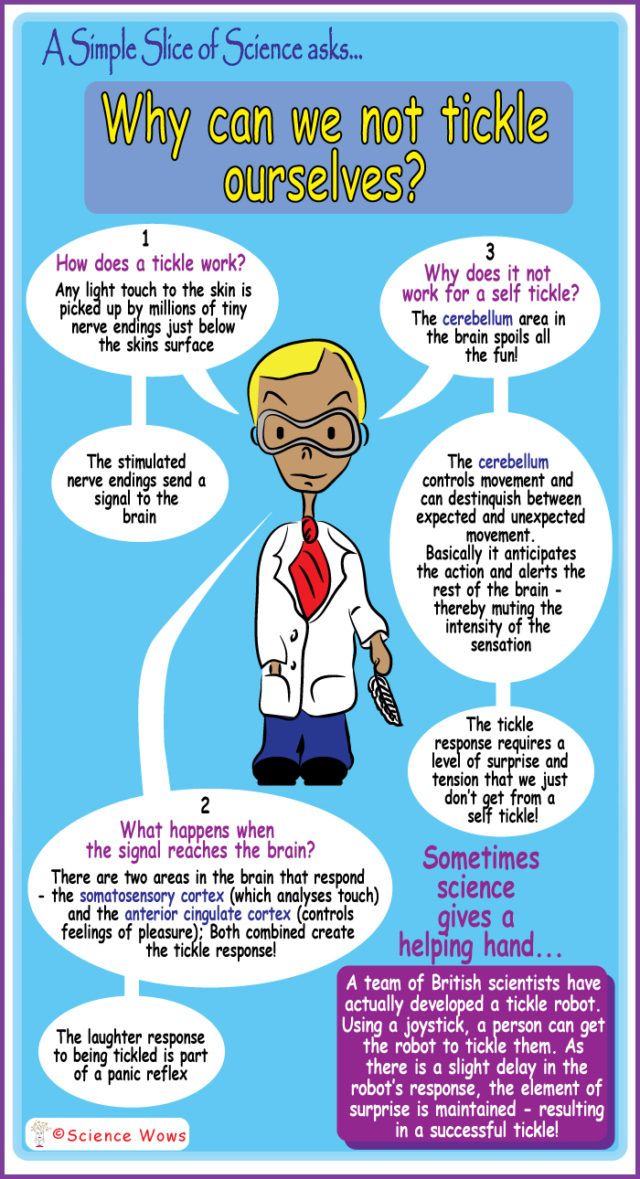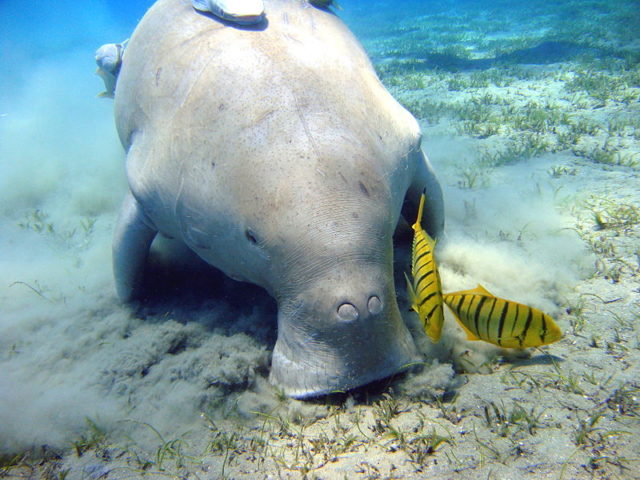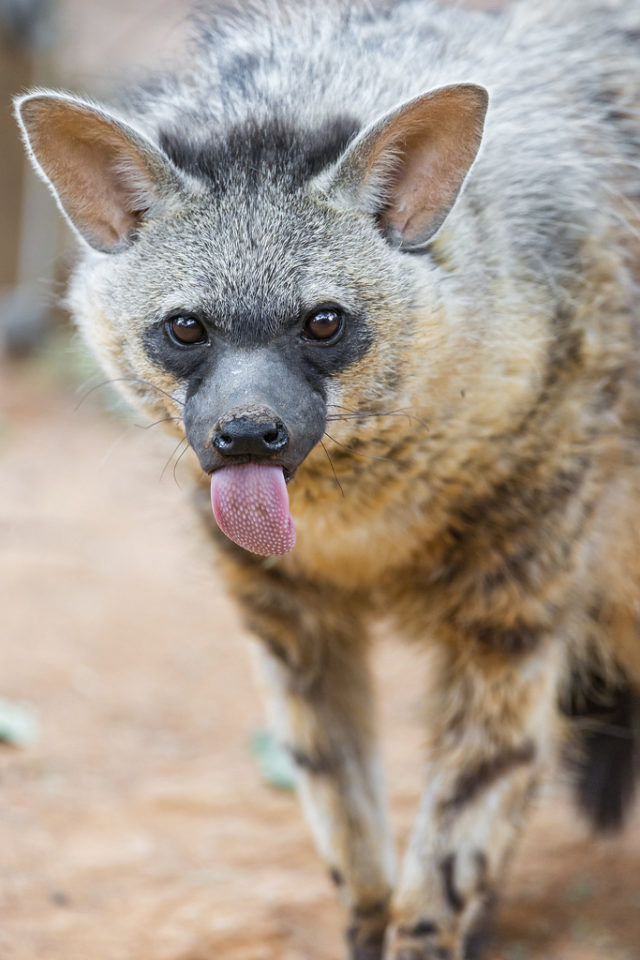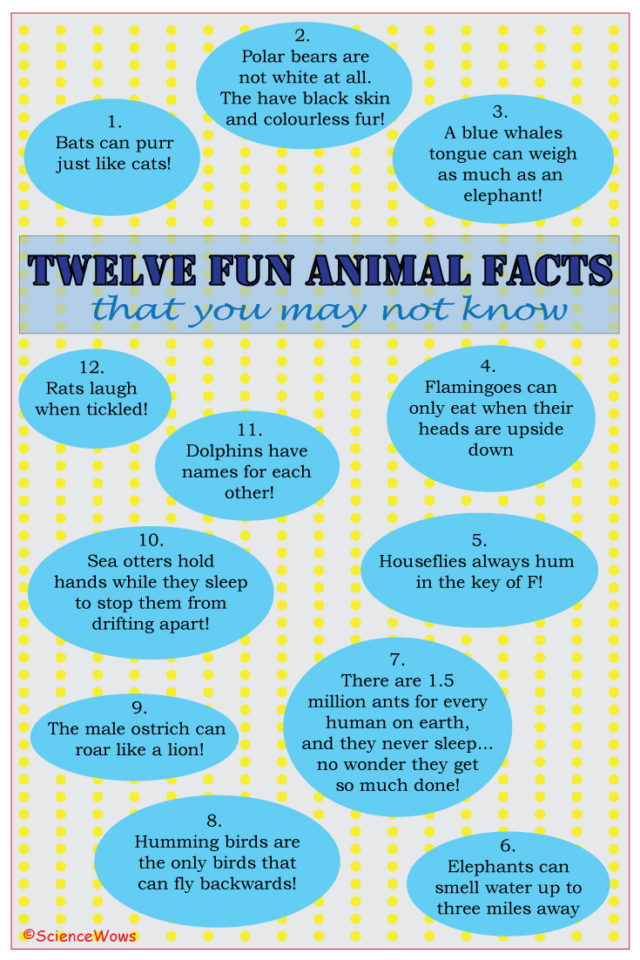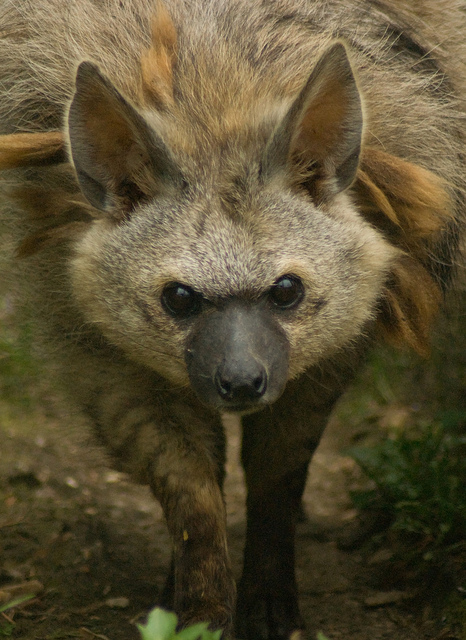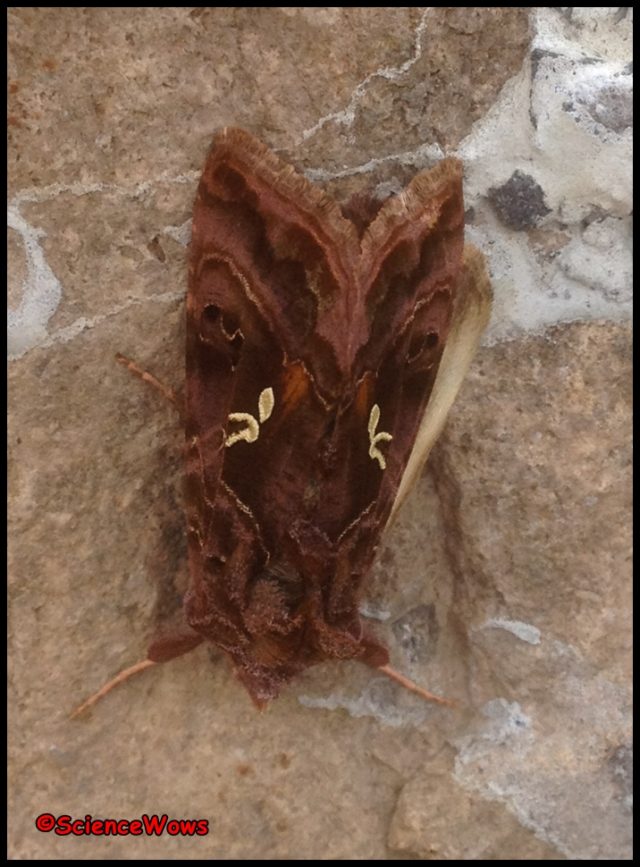The other night I was lying with my youngest son at bed time, chatting about whatever came into his head at any random moment.
“Mammy, I’m going to big school now, its time for you to have another baby!”
Ouch!
“Really?”
“Yes, in fact I want two more babies!”
No pressure then!
The fingers came out and he started to count…
“Yes, I want two more babies, then there will be five children!”
“Five children and two adults so we would be a family of…”
A bit more counting…
“Seven! We would be a family of seven. that’s what I want!”
I was impressed with his mathematical abilities… but less so with his sibling generating demands!

To be honest the conversation made me a little sad. In theory I would love to oblige him but in reality I know my baby making days are over. I know that stage of my life has passed, but, in an act of sheer denial, I am clinging to my four year old “baby” with everything I have got. He, in response, is defiantly growing up before my eyes.
He sees what his older siblings are doing and he rushes to match them. I look on with pride and admiration and while I delight in all his achievements I am painfully aware that we are saying goodbye to another stage of life with children. The pride is mixed with a pang of longing for what will be no more. I am afraid to look back, to dwell on any of those baby moments because I think I will feel the loss too greatly.
When I read this wonderful post on The Busy Mama blog I knew it was time to end my blatant denial and face the truth. I nodded in recognition to all the points that Helen made as she recounted her tales of parenting moments gone by. I felt like many of those words could be mine. As the blog post was an invitation to all to participate and share too, I knew that by joining in the linky I would be forced to look back and acknowledge that my baby days are over – a therapeutic way to overcome the denial within.
I have been blessed with three wonderful children. Each one a unique character, each so different but so complimentary to the other. There are so many little things that I miss but here is just one that is so obvious to me at the moment…. my two older children are correcting their brother in his misuse and mispronunciation of certain words. They do it kindly and I know that he must learn but I wait quietly in the background, wanting to tell them to stop. I love all these little errors, I find them so cute and unique and I want them to last forever. But I know they can’t.
So this is what I will miss…
… misappear (for disappear)… a lot of things “misappear” with the little mischief maker around!
incept (for except)… he loves using this word… and I love hearing it!
turch (for church)… I smiled when his brother corrected him on this and he said “some people just say things differently”!!
meleeeze (for please)… it is very hard to say no to a meleeze, especially when there is a pair of big blue eyes and a cheeky grin behind it!
“if magine if” (for “imagine if”)… he says this a lot!
Dee-dee (for Culann) … this was his first word, his name for his older brother; I am not surprised he spoke his name first, it was a beautiful reward for such a loving, devoted brother, who fell in love with him the moment he first set eyes on him; this name lasted years, but is long gone now; it will always stay in the momory of his loving and devoted brother though!
“instructable” (for indestructible)… which is what most things need to be to withstand the “enthusiasm” of the young boy who uses it!
“I love you mammy!”…. no corrections to make there, I just hope he always says it!

I think I am ready now to read all the other posts in the linky, with a box of tissues beside me of course. I am beginning to realise that it is okay to remember but it is also wonderful to celebrate how much my baby has achieved, how well he is growing and how mush delight he gets as he reaches each new goal. I will accept that life with him in my future will be as wonderful as it has been with him in my past, and deep down, in some small way, he will always be my baby!

